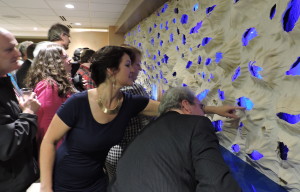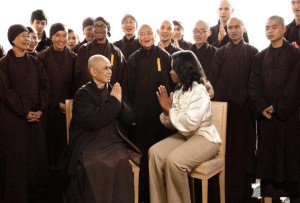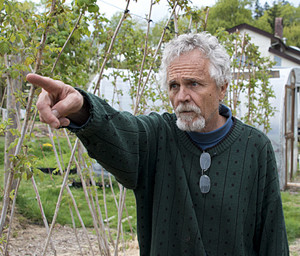Wellness Wall

Artist Miro Davis at the opening of her “Wellness Wall” in the Dixon Building of the QE II Health Science Centre in Halifax
Imagine a volcanic landscape of giant barnacles bursting through the drab surface of a hospital wall. Imagine these barnacles fired inside by a magic blue light. Such is the vision of Halifax-based multi-media artist Miro Davis. Last night her glowing art installation, “Barnacle Tides Wellness Wall,” was unveiled for the public. The artist, originally from Vancouver, came to Halifax in 1995 to study at NSCAD. She’s been here ever since, serving as artist-in-residence at the Dalhousie Medical School in 2012. Davis is inspired by motifs from nature and works with a variety of materials to transform public spaces, often involving people who are connected with the space in the creation of the artwork. In the present case, Davis worked with cancer patients and their families to create designs that were transferred to coloured glass, before being embedded in a fantastically contoured wall, shaped from clay. The glass and clay installation is lit from behind with a brilliant blue light to create a stunning effect, turning a small hospital waiting area into a expansive space with a sense of openness and possibilty. The project was funded jointly by the Robert Pope Foundation and the QE II Foundation.
At the opening, patients involved in the project spoke about how much the experience of working with Davis meant to them. Some of the patients involved have since died and their relatives described the wall as a lasting legacy. Folk singer Lenny Gallant composed a song for the occasion called “If these walls could talk.” This one surely can.

